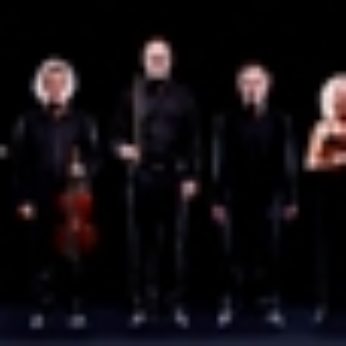Composer: Dario Castello (b. 1658 - d. 1590)
Performance date: 29/06/2014
Venue: St. Brendan’s Church
Composition Year: 1629
Duration: 00:04:24
Recording Engineer: Richard McCullough, RTE
Instrumentation Category:Small Mixed Ensemble
Instrumentation Other: 2vn, va, vc, db, lu
Artists:
Kate Hearne -
[recorder/cello]
Fredrik Bock -
[lute]
Mattias Frostenson -
[bass]
Torbjörn Köhl -
[viola]
Fredrik From -
[violin]
Peter Spissky -
[violin]

We know incredibly little about the lives of
some of our composers. Although Dario Castello refers to himself as Venetian,
we have no reference as to exactly where or when he was born or died. All we have to go on are a few lines
accompanying his two collections of sonatas for 1- 4 voices, published in
respectively. The second collection, libro
II, from which Sonata decimaquinta
is taken bears a dedication to Emperor Ferdinand II, suggesting that the
composer had at least some contact with the
Castello was one of the leaders of instrumental music and a wind player at St.
Mark’s in Venice during the period when Monteverdi served there as maestro di capella.
The title Sonate concertate in stil moderno reflects the trend during the
1620’s in
the new modern style, and the importance of this collection is proven by
reprints appearing throughout the mid 1600s in
and
Unlike many of his other works, Sonata
decimaquinta states exactly which instruments are required, the only
unusual thing for us today being the use of the term violeta for the stringed instruments in the range of violin &
viola, while viola is reserved for the
stringed bass. The sonata retains many elements of the polychordal canzona style, with fugal-like allegra passages set in contrast against
more homophonic adagio sections.
Unlike Castello’s solo sonatas, this work doesn’t delve into the world of
recitative-like passagio, but instead
focuses on the sonorities of the instruments and rich harmonies, both looking
back in time, and boldly forward.
Copyright © 2024 West Cork Music. All rights reserved.
Designed and developed by Matrix Internet